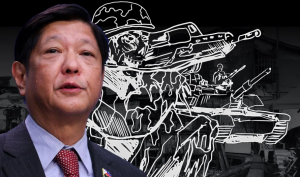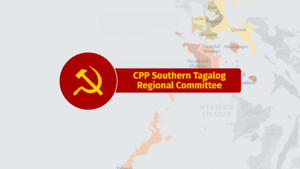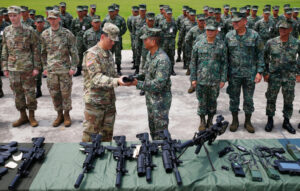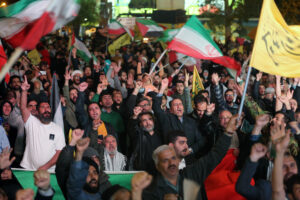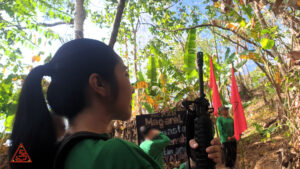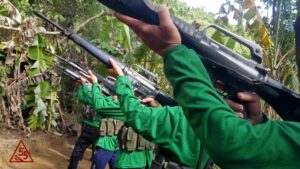Informed debate on legal and banned landmines needed
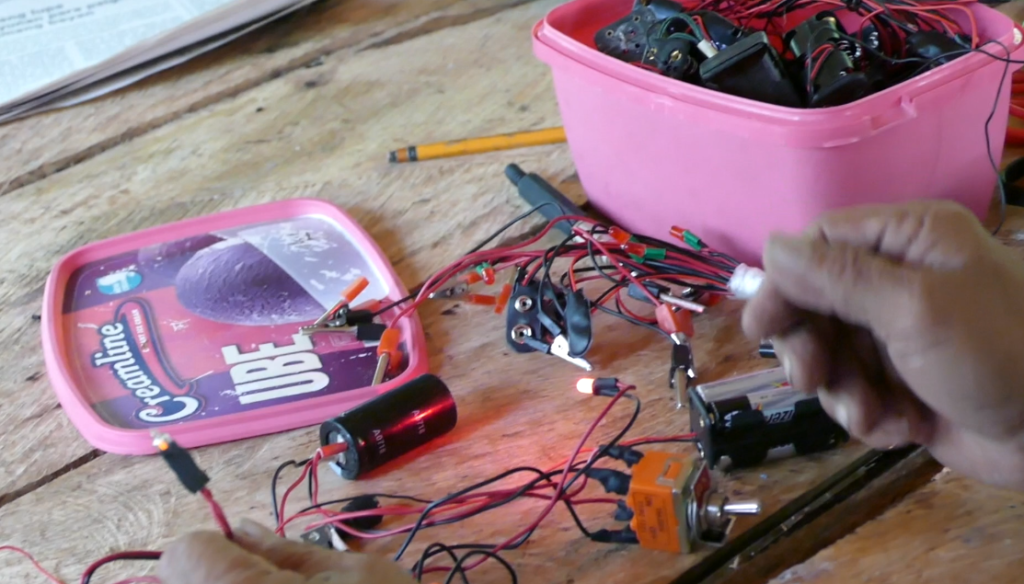
Over the past few days, mouthpieces of the Duterte regime’s counterinsurgency agencies have raised the demand for the New People’s Army (NPA) to stop the use of landmines as a weapon in its arsenal. Without citing any convention, they make the overreaching claim that the use of landmines violates international humanitarian law. They conveniently obscure the distinction between the types of landmines that are banned and those which are allowed in standing international treaties.
We believe that there should be an informed debate on landmines to raise the people’s awareness on the matter. We urge lawyers, academicians, journalists, politicians, social activists and others to keep themselves informed of the various facets concerning the issue of landmines, as well as other aspects of human rights and international humanitarian law that are relevant to the current civil war in the country.
1. While not signatories to the Convention on the Prohibition of the Use, Stockpiling, Production and Transfer of Anti-Personnel Mines and on Their Destruction (or the 1997 Ottawa Treaty), the CPP and the National Democratic Front of the Philippines (NDFP) give due recognition to the treaty as an established instrument of international law.
The landmine treaty was forged primarily to address the widespread suffering of innocent civilians caused by anti-personnel landmines in post-conflict areas long after they have been emplaced by warring parties. Millions of unexpended ordnance are strewn over populated areas causing death and injury to people who accidentally step or disturb these landmines.
The Ottawa Treaty is signed or acceded to by 164 countries including the Philippines. It was not signed or acceded to by the United States, China, Russia, Israel, Iran, Cuba, North Korea, Singapore, Vietnam and a number of other countries.
2. The Ottawa Treaty defines “anti-personnel mines” as “a mine designed to be exploded by the presence, proximity or contact of a person and that will incapacitate, injure or kill one or more.” In addition to the distinction over methods of triggering a blast, it also differentiates “mines designed to be detonated by the presence, proximity or contact of a vehicle as opposed to a person.”
3. The Comprehensive Agreement on Respect for Human Rights and International Humanitarian Law (CARHRIHL) makes no explicit prohibition on the use of landmines but stipulates the right of the people “not to be subjected to forced evacuations, food and other forms of economic blockades and indiscriminate bombings, shellings, strafing, gunfire and the use of landmines.”
4. The CPP and New People’s Army (NPA) assert that command-detonated explosives (CDX) used as landmines that are triggered by an assigned NPA personnel in battles with armed adversaries are not banned weapons and do not fall under the definition of antipersonnel landmines prohibited under the 1997 Ottawa Treaty.
a) The NPA does not possess nor use contact-detonated explosives. Explosives used against military vehicles are also command-detonated.
b) NPA landmines are designed to explode only when triggered with a “blasting machine” connected to it through electrical wires. The BM delivers a small electrical volt to the CDX to trigger the explosion. It is a matter of protocol that the BM will be attached only in anticipation of its use to prevent accidentally shorting it. Without the BM, the CDX will not explode accidentally.
c) The NPA assigns personnel to put in place a CDX and trigger its blast only during a battle or armed engagement with adversary troops. The NPA does not indiscriminately place landmines and leave them unattended primarily because they are useless that way. Any unused explosive is withdrawn and packed away.
d) In terms of how they are used, the NPA’s CDXs are essentially like rifles that are aimed at definite military targets or armed adversaries. They are, thus, legitimate weapons of war.
5. The CPP and NPA’s assertion of the legitimacy of its CDX are not much different from the 2002 assertion of the Department of National Defense of Canada, where the Ottawa Treaty was signed, that its C19 Command-Detonated Defensive Weapon “is not an AP mine as defined by the Convention and is therefore not illegal.” It differentiates its C19 from the Claymore in that it has no tripwire and therefore not victim-activated.
6. Concerning the view of some quarters that the Masbate incident last June 6 prove that NPA landmines kill civilians: First, that a CDX was employed during the incident still needs to be established as a fact. Second, if indeed a CDX was used, it only underscores what already has been declared by the NPA that “errors were committed” and that the explosive was triggered against a wrong target.
7. The PNP and AFP make unsubstantiated claims that NPA landmines have previously killed civilians. They often make these pronouncements on the false premise that their armed paramilitary personnel (CAFGU and AFP-supported armed vigilantes) are civilians when, in fact, they are conscripts armed and paid by the state for counterinsurgency and are, thus, armed adversaries of the NPA and legitimate military targets.



